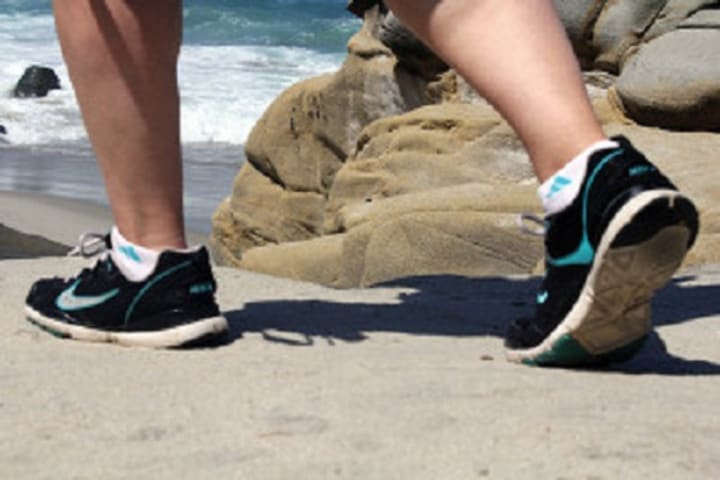Rehabilitating Knee Surgery Patients With Metatarsal Pads
metatarsal pads

When a person is walking they may feel a slight discomfort in the muscles in the back of their foot. This discomfort can often lead to an imbalance in the structure of your foot and the metatarsal bones located on either side of the toe. Metatarsal joints are the ball and socket of the metatarsal. These joints are located between the ball of the foot and the toes. Although the joints are on both sides of your foot, the ball of your foot and the toes actually move inwards when you walk, therefore putting pressure on the metatarsal joints. Metatarsal pads are small and usually squishy devices which are used to restructure tissue of your lower leg and in effect re-align the metatarsal arch.
A metatarsal pad works to counter this pressure by providing additional support to the ball-of-foot. The theory behind the metatarsal pads is to provide a shock absorbing layer which reduces the pressure being applied to the metatarsals. This reduces the chance of injury and increases healing time for the injured area. These pads can be very useful, especially if you're suffering from heel spurs or other problems with the metatarsals. Heel Spurs occur when the metatarsals rub together causing severe pain and pressure over the heel. A metatarsal pad will help prevent the formation of this condition.

How does a metatarsal pad work?
When you place a metatarsal pad on the outside of your foot and slide it under the insole, it provides the proper support. This provides relief from the pressure caused by the heel spurs by helping to compress the tissue in the undersole. Also, the fit of a metatarsal pad is critical - it needs to be the right fit to avoid rubbing against the insole. If it's too loose or too tight, it can cause skin irritation.
Another key function of metatarsal pads is to stop the weight pressing on the ball of your foot. If there is excess weight being placed on the feet from the rest of your body, it can increase the potential for sore toes. A metatarsal pad can help to distribute the pressure so that your feet and toes receive the proper amount of support. Also, the proper function of the metatarsal bones means that they do not rub against each other and are better able to move the correct distance apart to reduce pressure on the ball of your foot.
Read Must : relief from plantar fasciitis
How does a metatarsal pad work in shoes with straight aligning toe boxes?
Most straight shoes have a neutral or average tilt to the toenails. Shoes with higher tucks will cause the metatarsus to point out towards the front of your foot when you walk. Because of this, the toes do not get the proper support they need. The metatarsal bones will then have to overcompensate by pushing the toes outward when you walk. This will result in painful inflammation of the toe joints and pain in the heel.

How does a metatarsal pad to reduce this pressure? It does so by placing the metatarsal bone on a slightly curved position relative to the rest of the bones in the shoe. By creating more space between the bones, the pressure on the toe joint is lessened. The more flexible the transverse arch is - the wider the gap between the bones. Shoes with a high transverse arch also tend to be heavier and thus provide less cushioning along the inside of the shoe than shoes with a lower arch.
There are other features of good footwear that also contribute to the effectiveness of metatarsal pads. Good footbeds and arch support help to reduce the pressure on the ball of the foot, which is called the sesamoid ligament. The supportive insoles, which are usually made of ethyl vinyl acetate (EVA), also provide additional structural support. Some people also find that an insert or custom orthotic provides additional support to the ball of their feet. The combination of superior footbed design, excellent arch support, and superior insoles and orthotics makes metatarsal pads a highly effective rehabilitation aid.
One drawback of metatarsal footwear is that because the pad is somewhat flat, it can make your footwear more uncomfortable to wear. Many people also wear open-backed styles, which may increase friction against the metatarsal bone. Other issues include uneven wear due to the rubbing action of the pad, wear that causes discomfort for the wearer, or the awkward position of some metatarsal types. However, these disadvantages are minimal compared to the benefits. One can simply know further about the metatarsal pads by checking out websites like lermagazine.com.
About the Creator
ler magazine
Welcome to Lower Extremity Review or LER. This long awaited magazine fills the lower extremity information gap for practitioners in the fields of Podiatry, Physical Therapy, O&P Pedorthics, and Orthopedics.






Comments
There are no comments for this story
Be the first to respond and start the conversation.